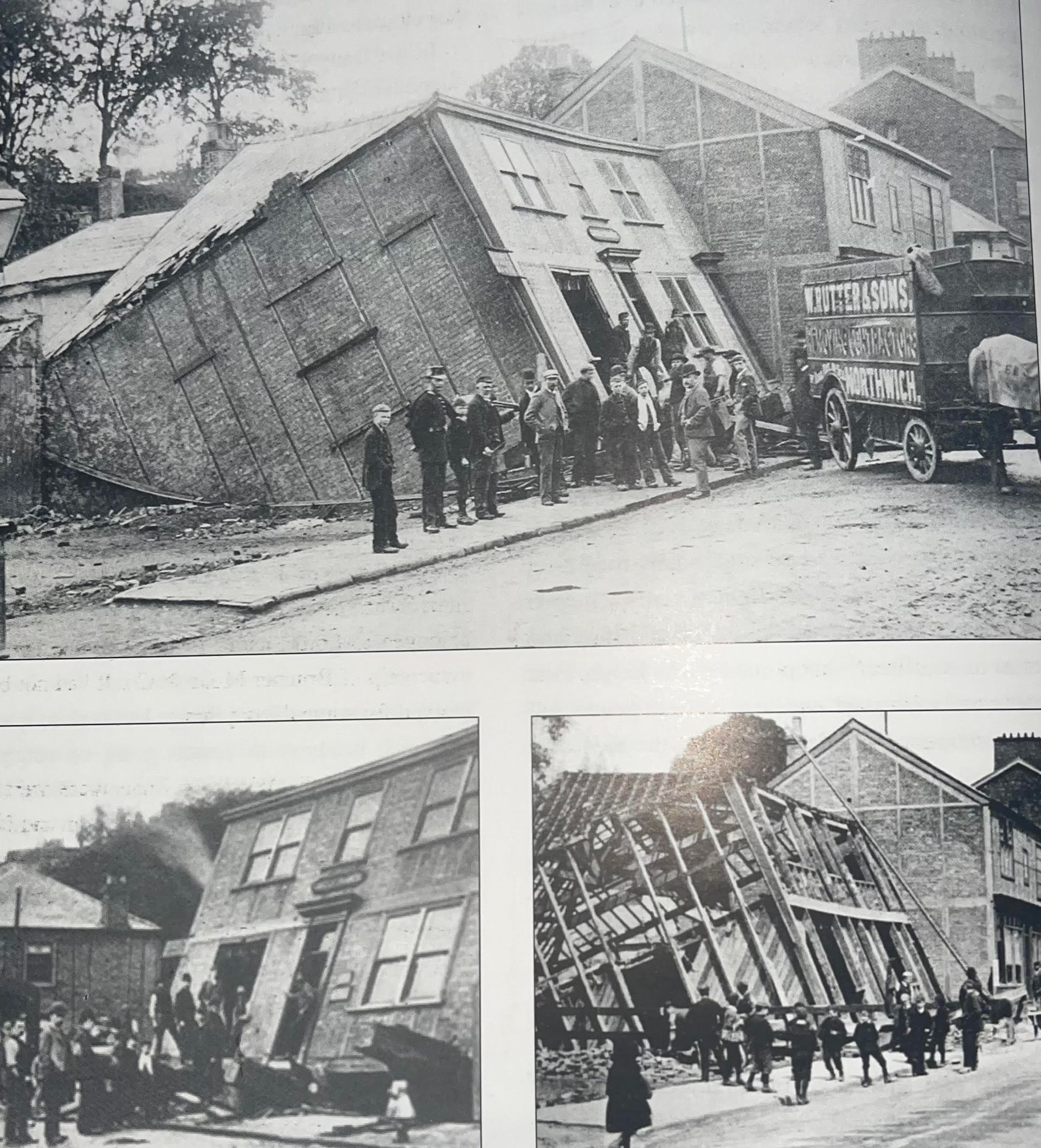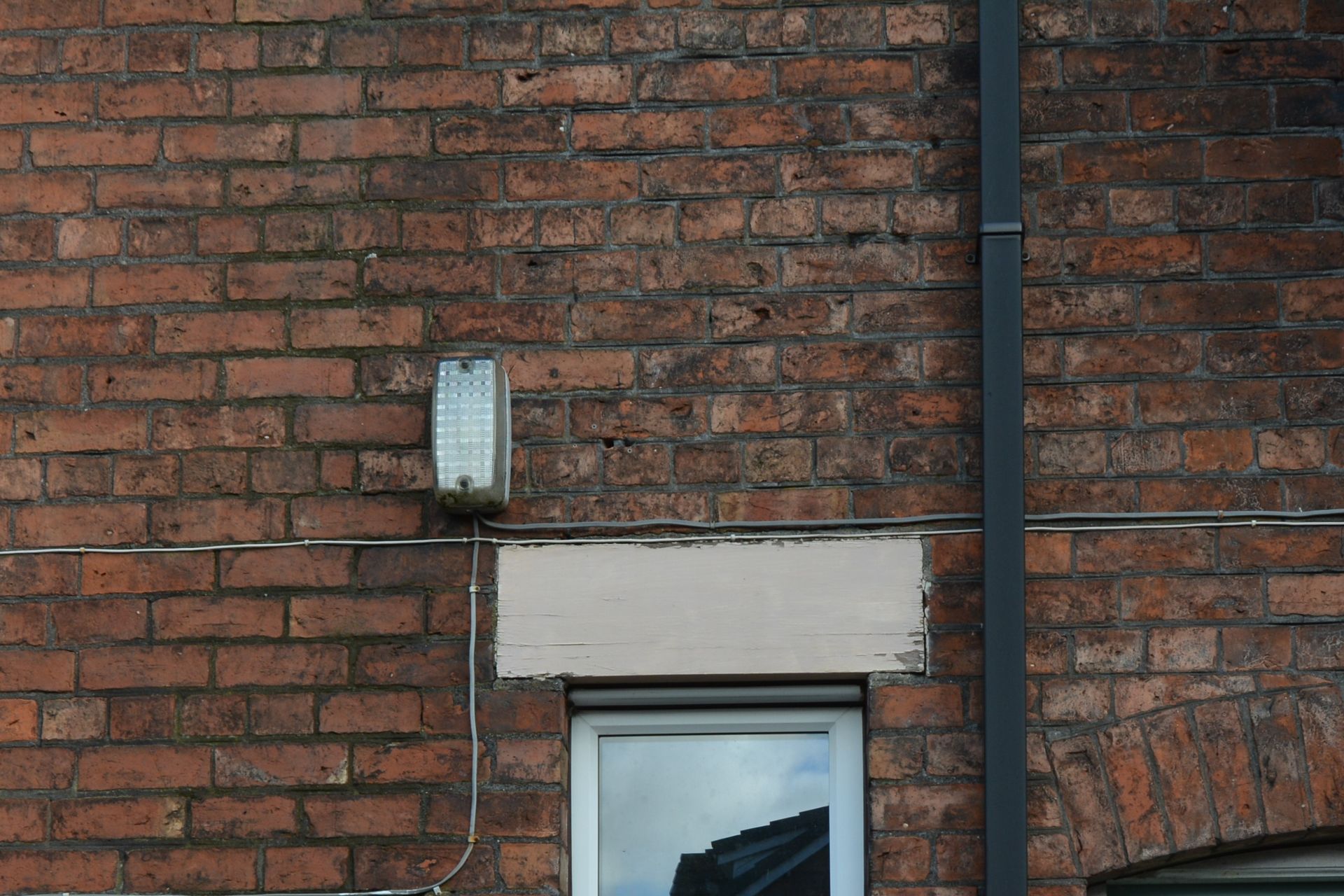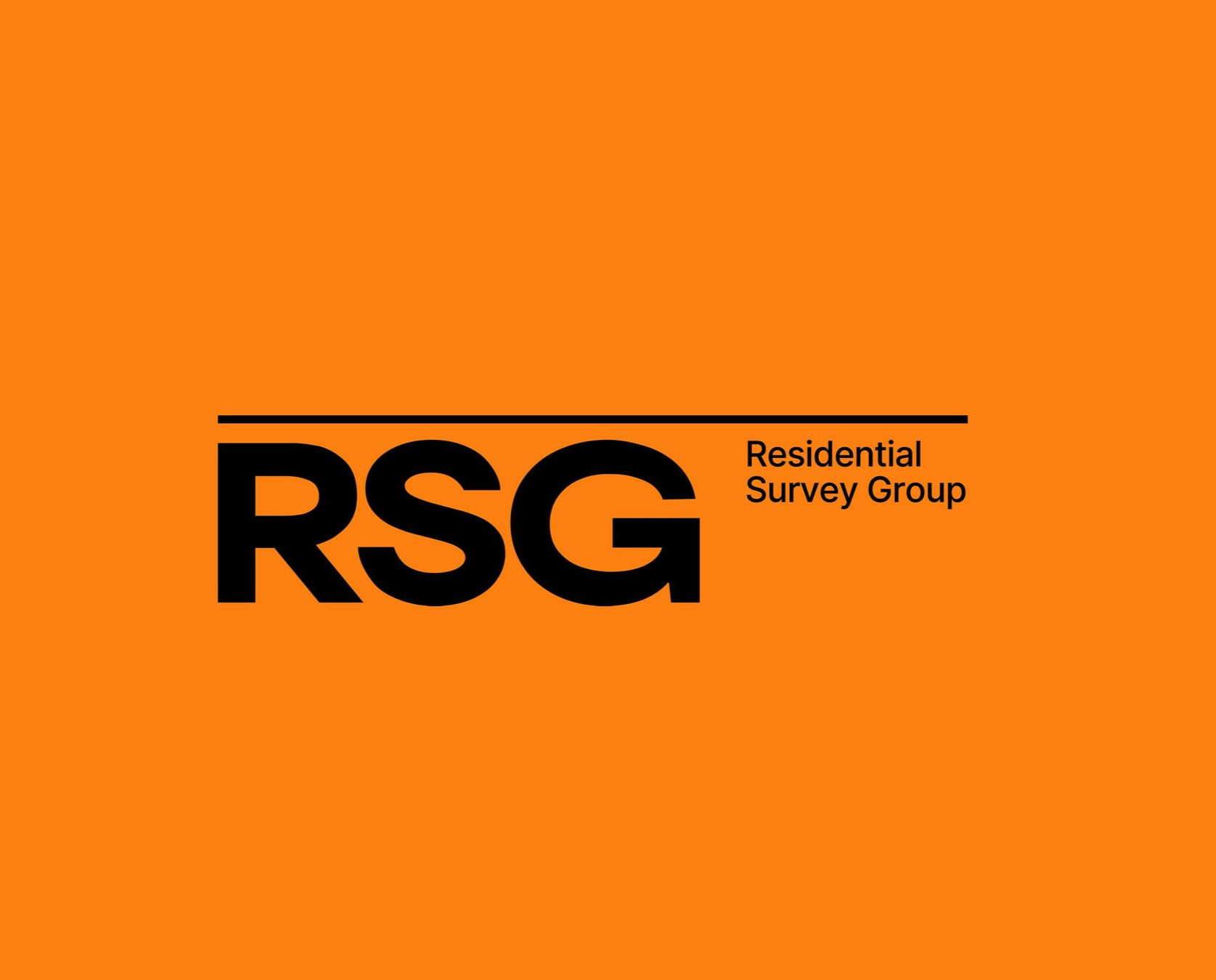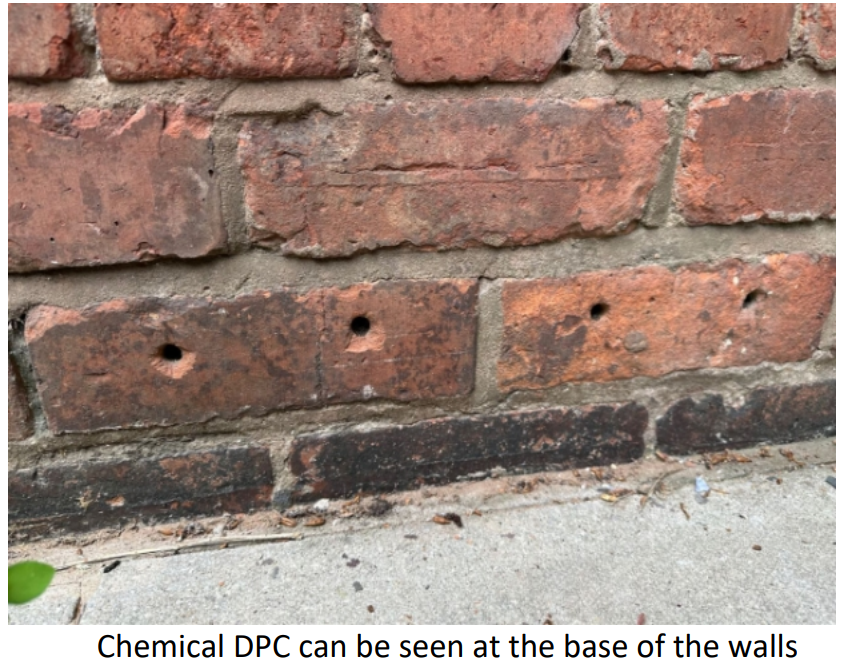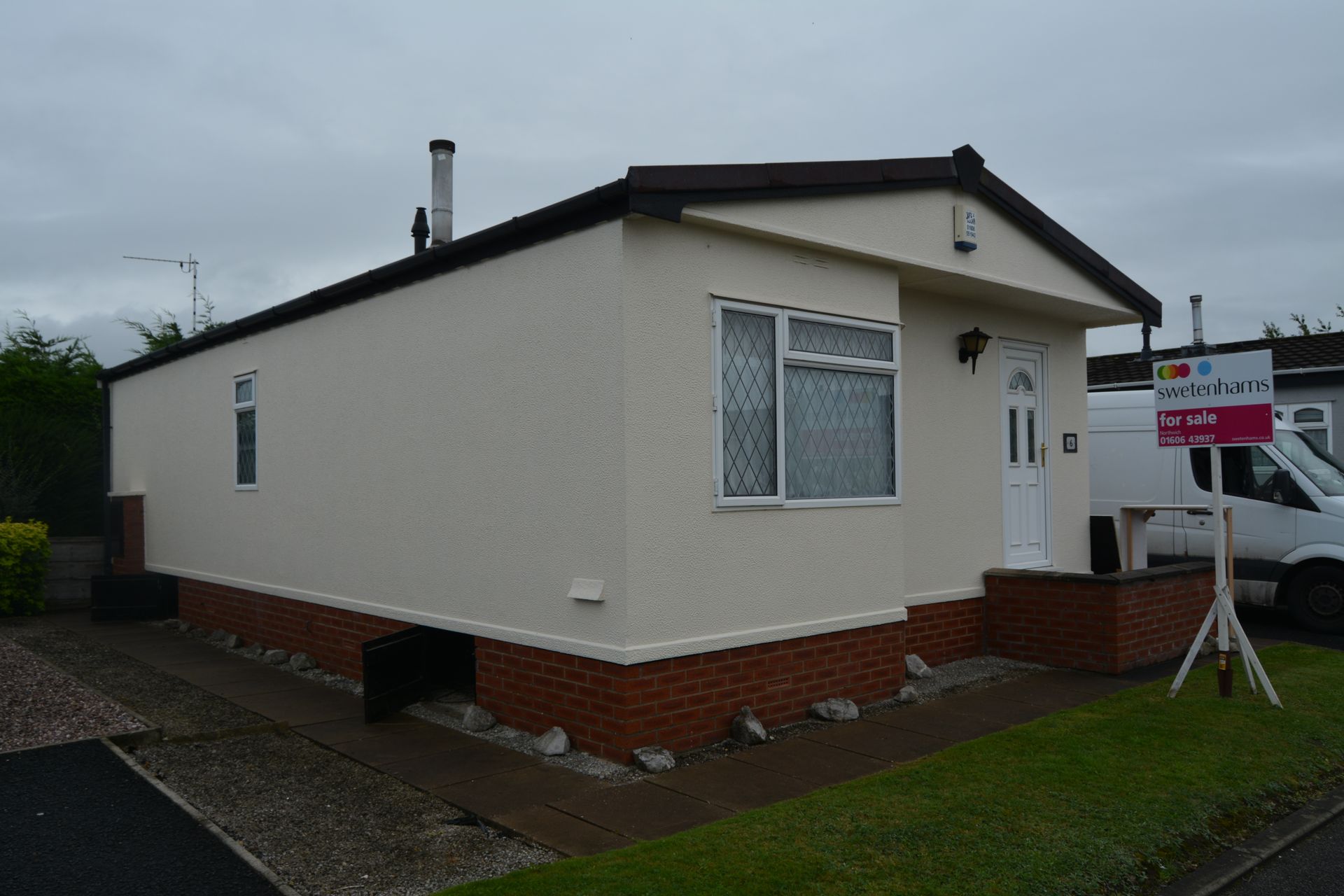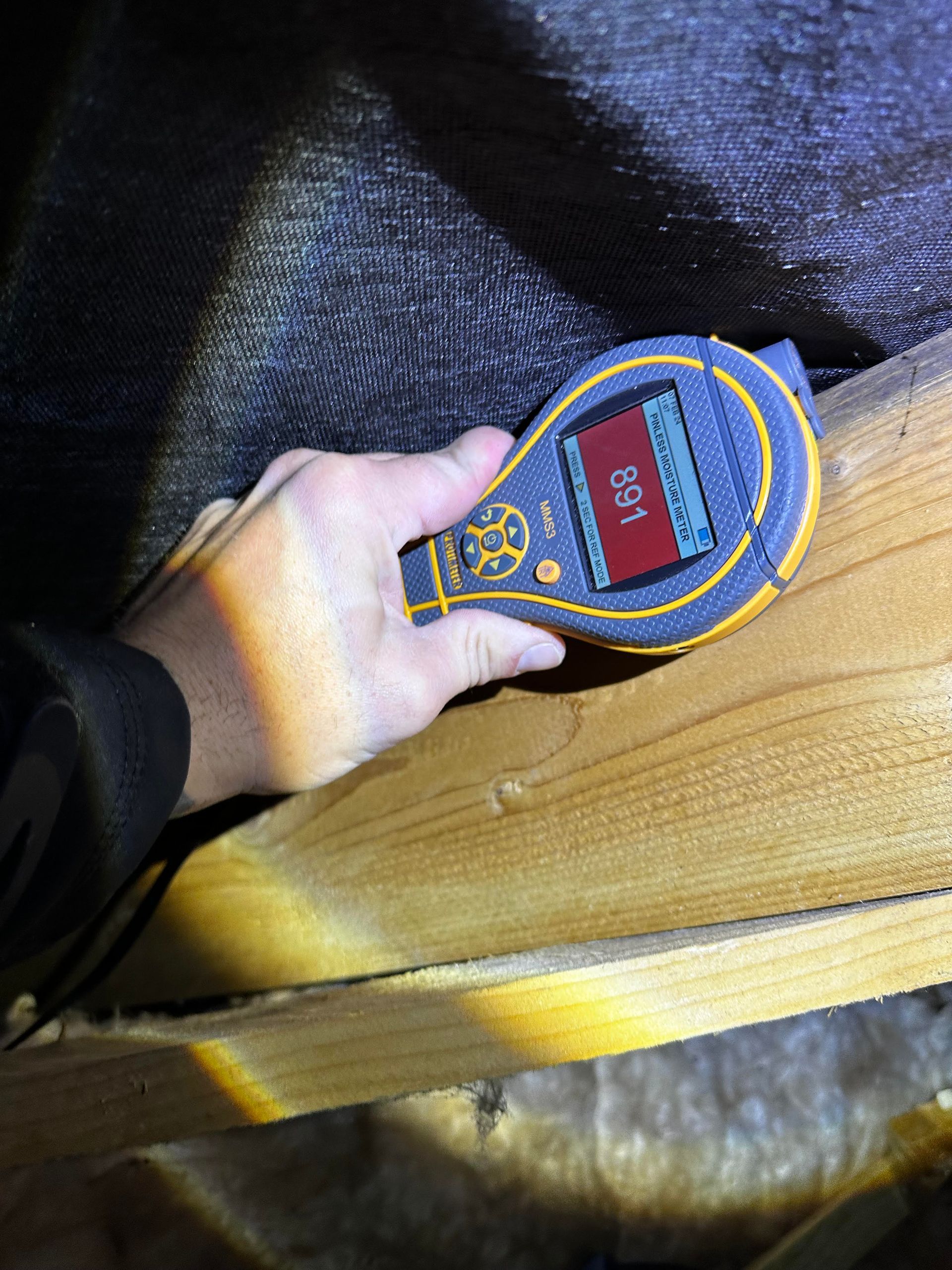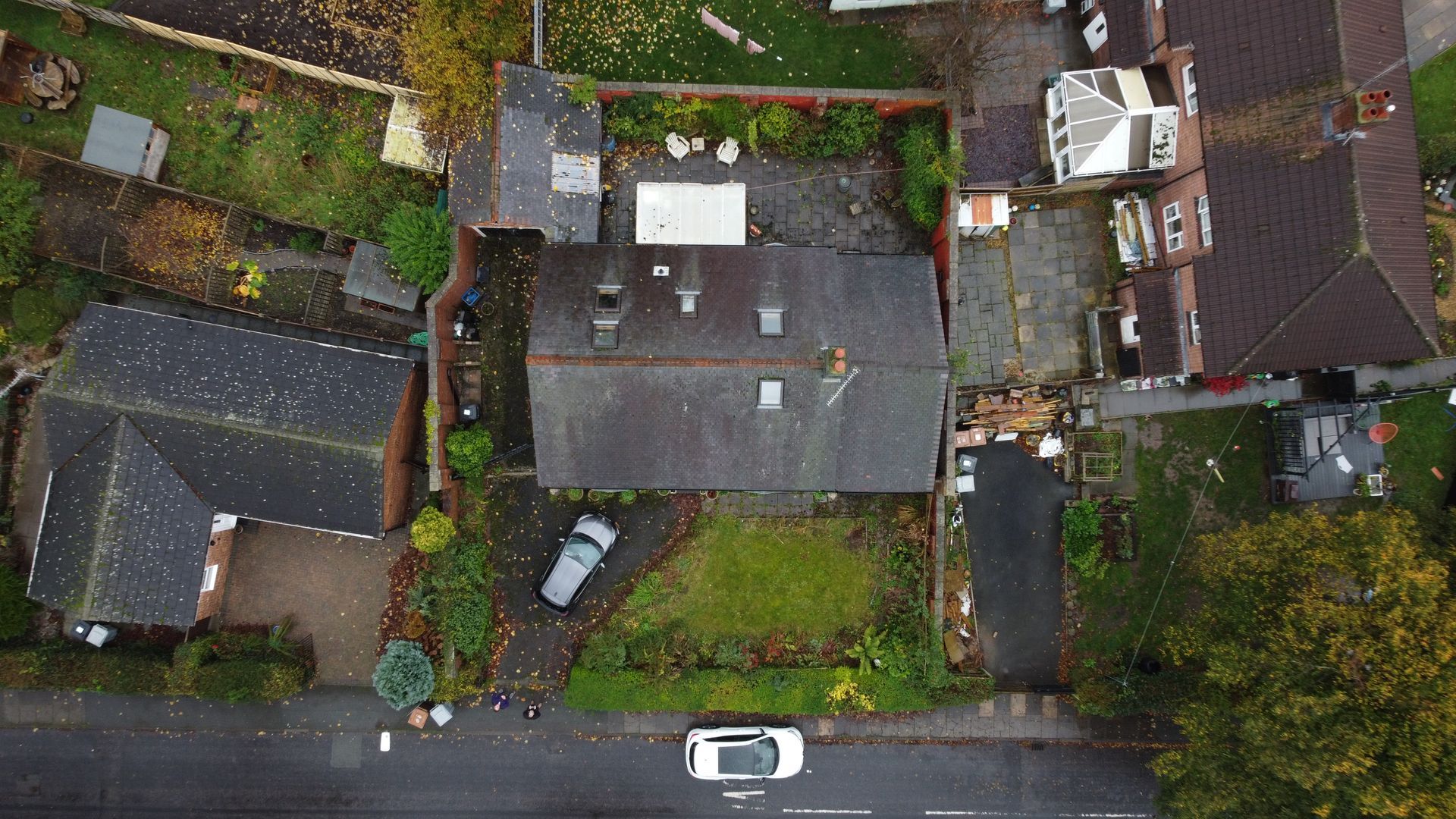Cracks in Your Walls: When to Worry and How to Repair Them - A Homeowner’s Guide
Should I worry if my house has cracks in the brickwork, mortar, render or plaster?
Cracks in buildings are a frequent concern for homeowners, especially in the Northwich, where varying weather ground conditions and soil types can contribute to structural issues, especially with the history of brine pumping locally. Understanding what different cracks mean and knowing when to seek professional help is crucial for maintaining your home. This guide explores common cracks, their causes, and solutions
Types of Cracks and Their Causes
- Hairline Cracks: Often appearing in plaster, brickwork or render, these fine cracks are usually due to minor settlement, thermal changes between materials or drying of materials. They are generally cosmetic and easy to repair.
- Vertical Cracks: Common in both internal and external walls, these cracks can result from settling or minor movement. If they widen or appear near structural elements, they might need further investigation.
- Diagonal Cracks: These can indicate more significant issues such as foundation movement or subsidence. They are often a sign that the building’s structural integrity might be compromised. In our experience, drainage issues are the most frequent cause of this type of cracking.
- Horizontal Cracks: Typically found in cavity walls, horizontal cracks can suggest corrosion of wall ties. These should be assessed by a professional due to their potential seriousness.
When to Worry About Cracks in Your Northwich Home
- Width and Change: Cracks less than 5mm wide are often not serious, but those over 5mm, especially if widening, could indicate more significant issues.
- Direction and Location: Cracks following a diagonal path or appearing near windows and doors may require a closer look. Horizontal cracks or those that span across large areas are particularly concerning.
- Local Factors: In the Northwich area, factors such as historic ground instability such as subsidence can affect buildings, additionally in Hartford, Cuddington & Sandiway the soil is of sandy nature, which increases risks of foundation movement and ground contaminants such as sulphate attacks. Regular checks are advised, especially after extreme weather conditions.
Using BRE Digest 251 to Assess Cracks
The BRE Digest 251, or the BRE Crack Guide, provides a framework for assessing the severity of cracks. It categorises cracks based on their width and impact, helping professionals understand whether a crack is minor or requires attention.
Repairing Cracks: What You Need to Know
Repairs can vary depending on the type of crack. Minor cracks can be filled and painted over, while significant issues may need more extensive repairs such as resin bonded helibars or resin based mortars.
Preventative Measures for North West Homes
- Moisture Control: Ensure proper drainage and maintenance around your property to prevent water damage, a common issue we regularly see.
- Regular Inspections: Check your property for new or changing cracks, particularly after heavy rainfall or dry spells.
Professional Advice: Consult with local surveyors or structural engineers if you notice concerning cracks. They can provide tailored advice based on regional factors.
FAQs About Cracks
Q: Are all cracks serious?
A: Not all cracks are serious. Hairline and small vertical cracks are often cosmetic. Larger or growing cracks should be inspected by a professional.
Q: What should I do if I find a crack in my foundation?
A: Foundation cracks, especially horizontal ones, should be evaluated by a structural expert to determine their severity and necessary repairs.
Q: How can I prevent cracks in my home?
A: Maintain proper drainage, regularly inspect for issues, and address any signs of structural movement promptly.
Conclusion
Understanding and addressing cracks in your home is vital for maintaining its structural integrity. By recognising different types of cracks and knowing when to seek help, homeowners can ensure their properties remain safe and sound. For further guidance, contact us on Gareth@Residentialsurveygroup.com

Home Surveys in Northwich, Middlewich & Winsford – What You Need to Know (and What They Should Cost)

